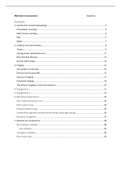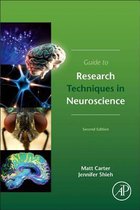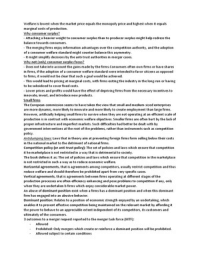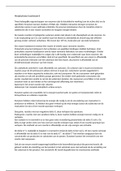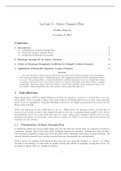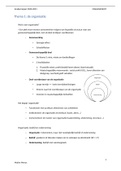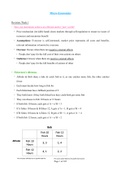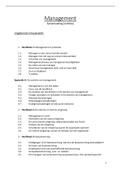Summary
Summary Methods in Neuroscience
- Course
- Institution
- Book
This summary includes the information from the lectures and the chapters in the book corresponding to the lectures. With this summary you will gain all the knowledge you will need to pass your exam! It includes information in text and has supporting figures. Everything is explained in an understa...
[Show more]
